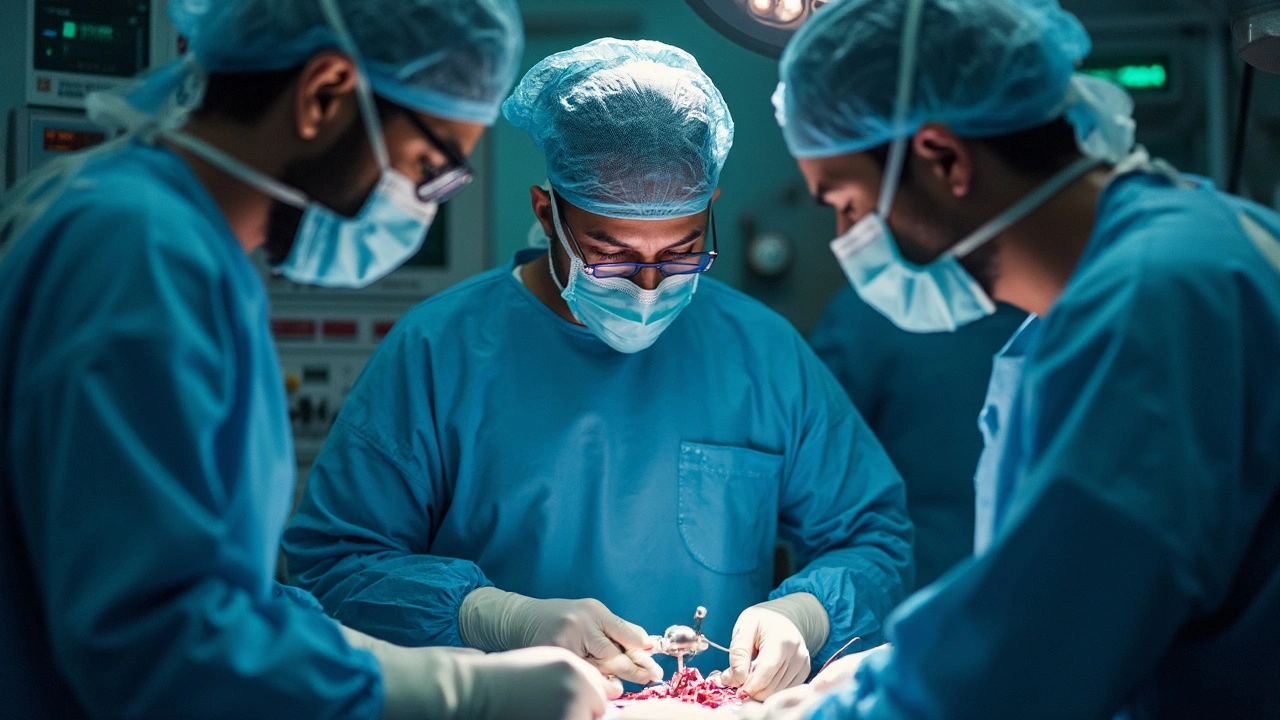Hardest Surgery in Cardiology: What Makes It So Challenging
If you’ve ever wondered which heart operations push surgeons to the limit, you’re not alone. Cardiology already deals with a moving organ, but a few procedures stand out for their technical difficulty, long operating times, and high risk of complications. Knowing what makes these surgeries hard helps patients ask smarter questions and prepare better for the road ahead.
Top Three Heart Operations That Test Every Skill
1. Heart Transplant – Replacing a whole heart is the gold standard of complexity. Surgeons must coordinate donor retrieval, keep the organ alive during transport, and perform the transplant within a tight window (usually under 4 hours). The patient’s immune system is a constant threat, so lifelong anti‑rejection meds are a must. Even after a successful graft, infection and organ rejection remain significant concerns.
2. Aortic Arch Repair – The aortic arch sits right behind the heart and gives rise to the arteries that feed the brain. Fixing a tear or aneurysm here often requires stopping the heart, cooling the body, and using a heart‑lung machine. Any mistake can affect blood flow to the brain, leading to stroke. The surgery can last 8‑10 hours and demands precise suturing under deep hypothermia.
3. Complex Congenital Heart Surgery (e.g., Norwood Procedure) – Babies born with single‑ventricle defects need multiple staged operations. The first stage reshapes the heart and major vessels, often while the infant is only a few days old. Surgeons must work in an extremely tiny space, manage fragile tissue, and anticipate how the heart will grow. Success rates have improved, but the procedure remains one of the toughest in pediatric cardiology.
Why These Surgeries Are So Hard and What It Means for You
Every hard cardiac surgery shares a few common challenges:
- Limited operating window: Organs or tissues can only be out of the body for a short time before damage occurs.
- Complex anatomy: The heart’s chambers, valves, and vessels are tightly packed; even a millimeter off can cause major complications.
- High blood loss: Surgeons must control bleeding while keeping the patient’s circulation stable.
- Post‑operative care: ICU stays are often longer, and patients need close monitoring for arrhythmias, infection, or organ failure.
For patients, this translates to longer hospital stays, more follow‑up appointments, and a steeper recovery curve. But it also means you can expect a team that’s experienced, well‑trained, and equipped with advanced technology like 3‑D imaging and minimally invasive tools.
Practical tips for anyone facing a high‑risk heart operation:
- Ask about the surgeon’s specific experience with the exact procedure – numbers matter. A doctor who has performed 50+ aortic arch repairs will likely handle unexpected issues better.
- Know the hospital’s outcomes. Look for centers with low mortality rates for the surgery you need.
- Prepare a solid support system. Recovery often involves physical therapy, medication management, and emotional support.
- Stay informed about pre‑op requirements: lab tests, imaging, medications to stop, and diet changes.
- Plan for post‑op logistics – transportation, home care equipment, and follow‑up visits.
Remember, the hardest surgery isn’t impossible. Advances in surgical technique, better organ preservation, and personalized medicine have turned many once‑fatal conditions into manageable ones. By understanding the challenges and partnering with a skilled team, you give yourself the best shot at a smooth recovery and a healthier heart.





